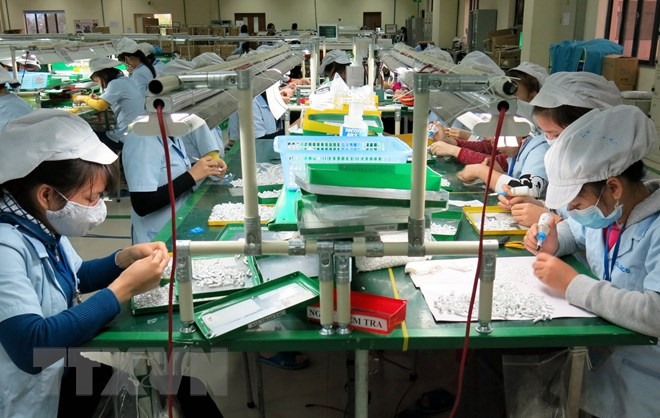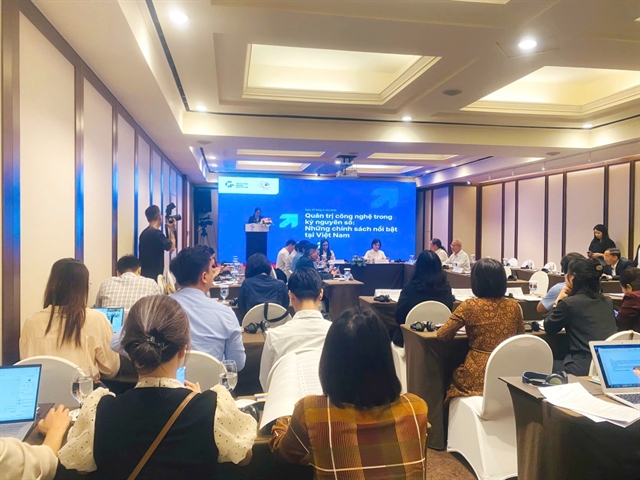 Economy
Economy

Moody’s Investors Service has predicted that Việt Nam’s GDP (gross domestic product) growth will remain robust, averaging 6.7 per cent in 2018.
 |
| Strong foreign direct investment inflows will continue to diversify Việt Nam’s economy. - VNA Photo |
HÀ NỘI — Moody’s Investors Service has predicted that Việt Nam’s GDP (gross domestic product) growth will remain robust, averaging 6.7 per cent in 2018.
This is nearly twice as high as the average for B-rated sovereigns of 3.6 per cent, according to Moody’s credit analysis, titled “Government of Vietnam--B1 positive”, released on Tuesday.
Moody’s credit analysis examines the sovereign in four categories: economic strength, which has been assessed as “high (-)”; institutional strength, “low (+)”; fiscal strength, “moderate (-)” and susceptibility to event risk, “high (-)”.
In its report, the rating agency said the growth was supported by domestic consumption and strong investment growth on the back of development spending on public sector infrastructure.
Moody’s said the Government’s credit profile reflected the economy’s robust growth trends. These trends are spurred in turn by the country’s increasing competitiveness and a rapid economic transition from traditional sectors, such as agriculture, to manufacturing and further up the value-added scale within these sectors.
The agency expects that strong foreign direct investment inflows will continue to diversify Việt Nam’s economy and strengthen growth compared to similarly rated peers, thereby supporting stabilisation in the Government’s debt burden.
Rapid domestic credit growth has in part financed strong domestic demand and continues to significantly outpace nominal GDP growth. Moody’s points out that while rapid credit growth presents risks to the banking system, it can also represent a degree of financial deepening.
High Government debt levels and widening deficits act as credit constraints, and as Việt Nam graduates from World Bank’s International Development Association programme, its debt affordability may erode. Nonetheless, a continued shift away from foreign currency financing indicates a deepening in domestic financial markets, which will reduce refinancing risks.
The drive to privatise State-owned enterprises (SOEs), which the Government refers to as equitisation, remains a key policy priority and has gathered momentum with successful stake sales in large SOEs.
According to Moody’s, upward rating pressures can come from either the passage of concrete measures that lead to a significant reduction in the Government’s debt burden or a further strengthening of the banking system and SOE sector that significantly diminishes contingent risks to the Government and lowers macro-financial risks that could stem from boom-bust cycles. — VNS









